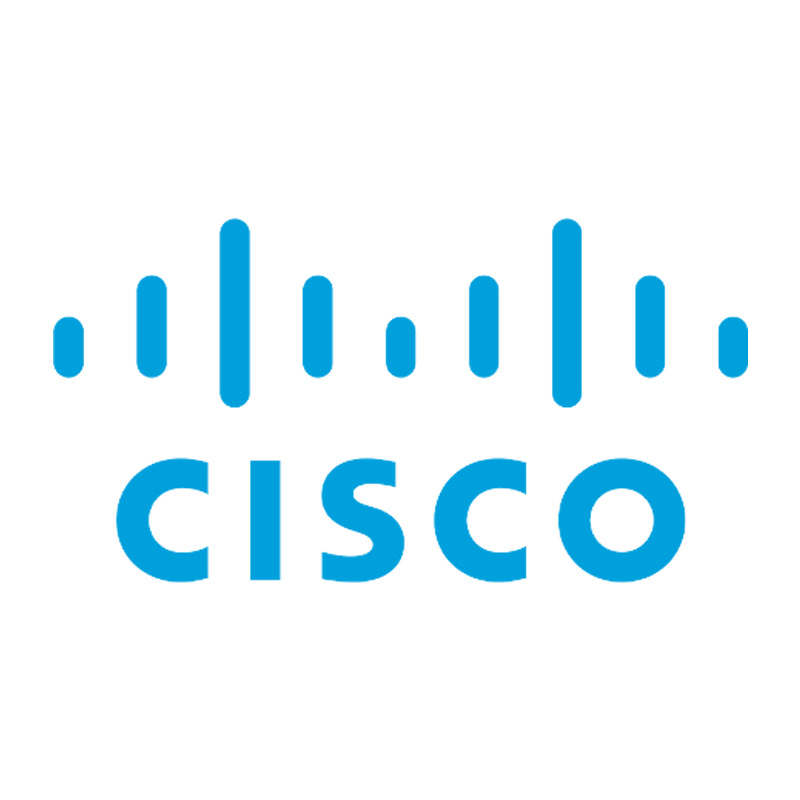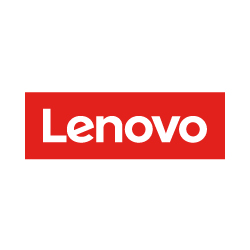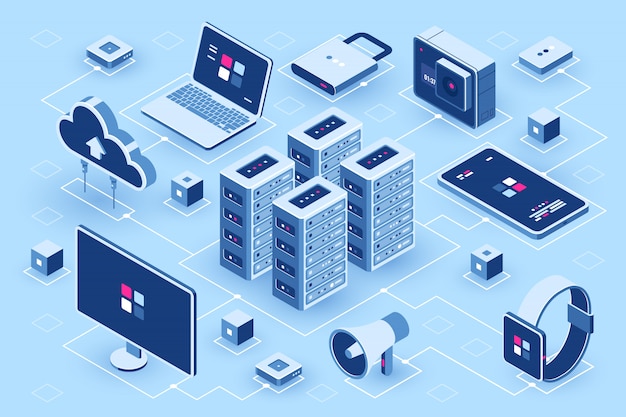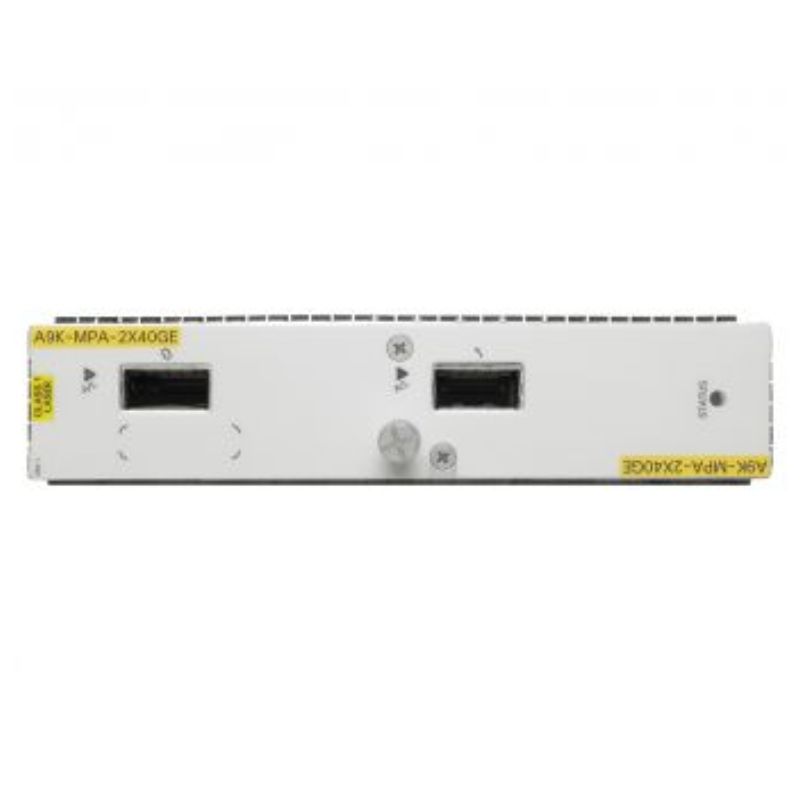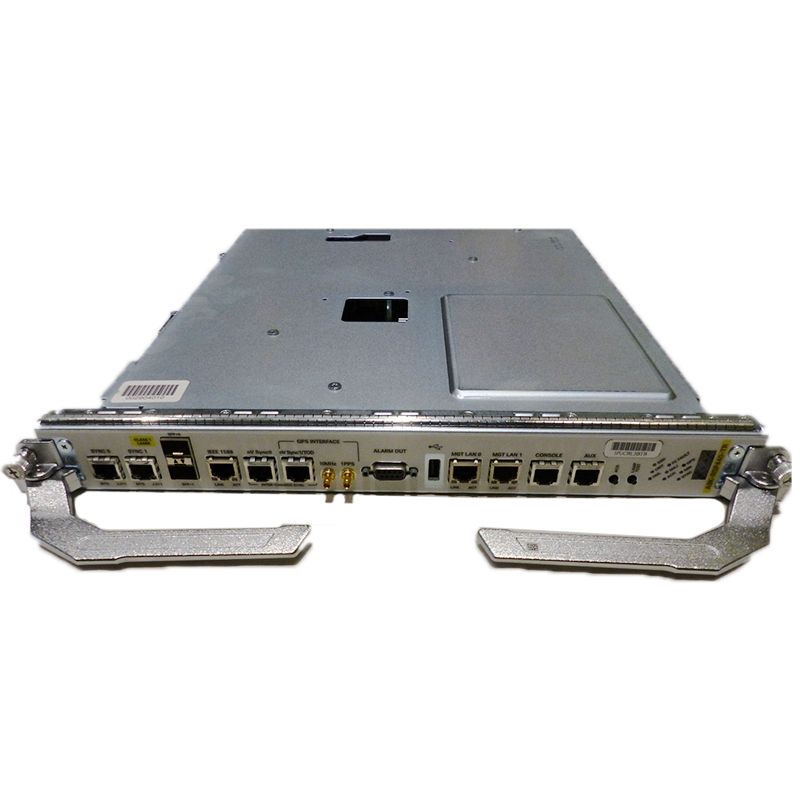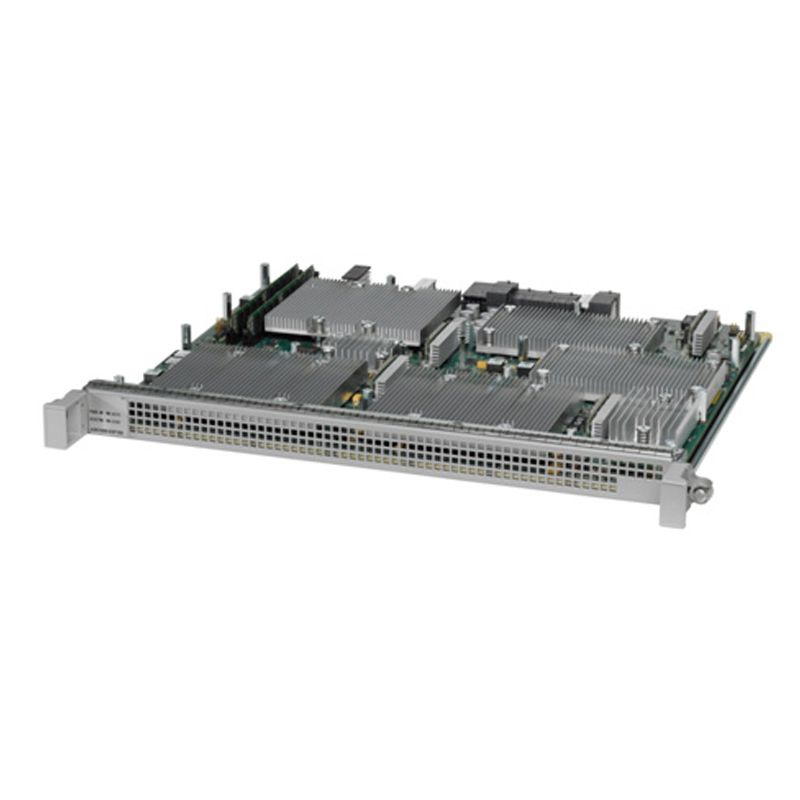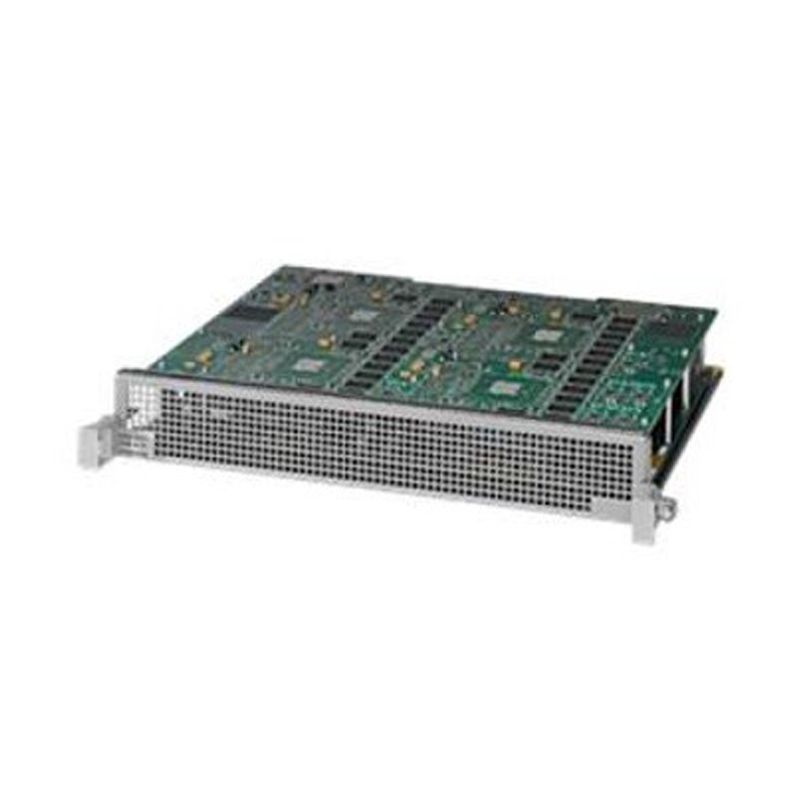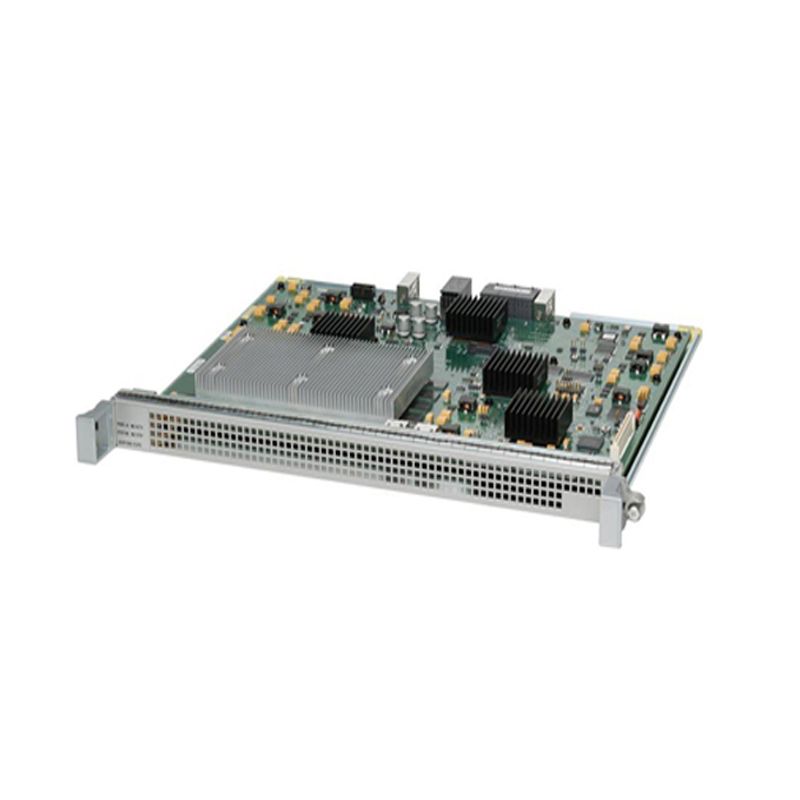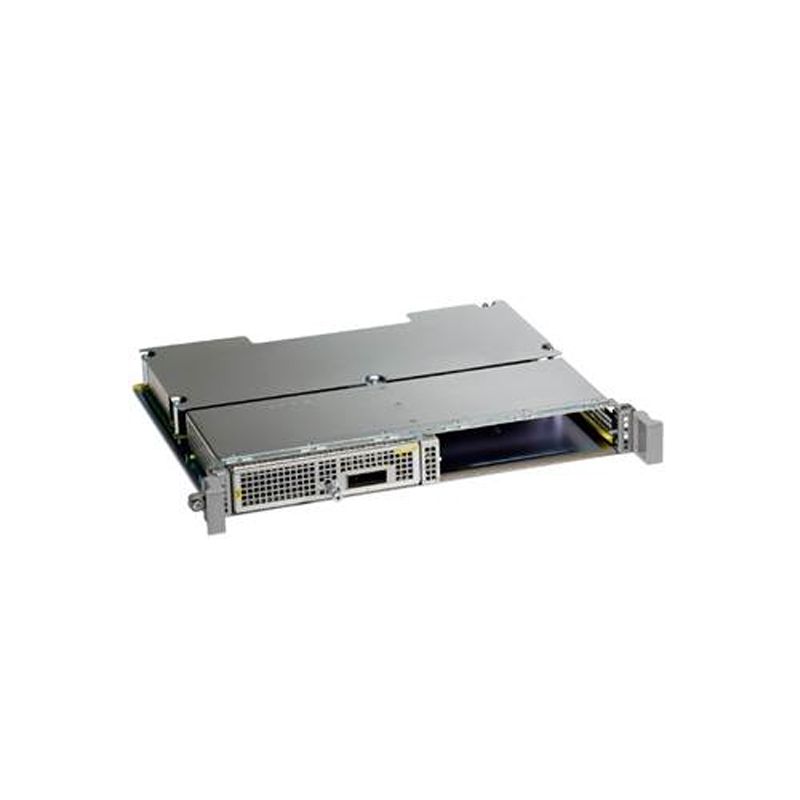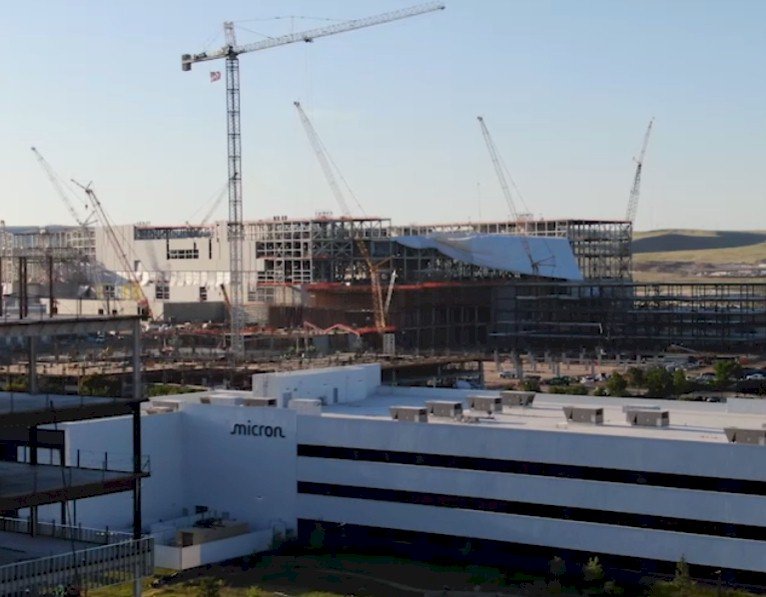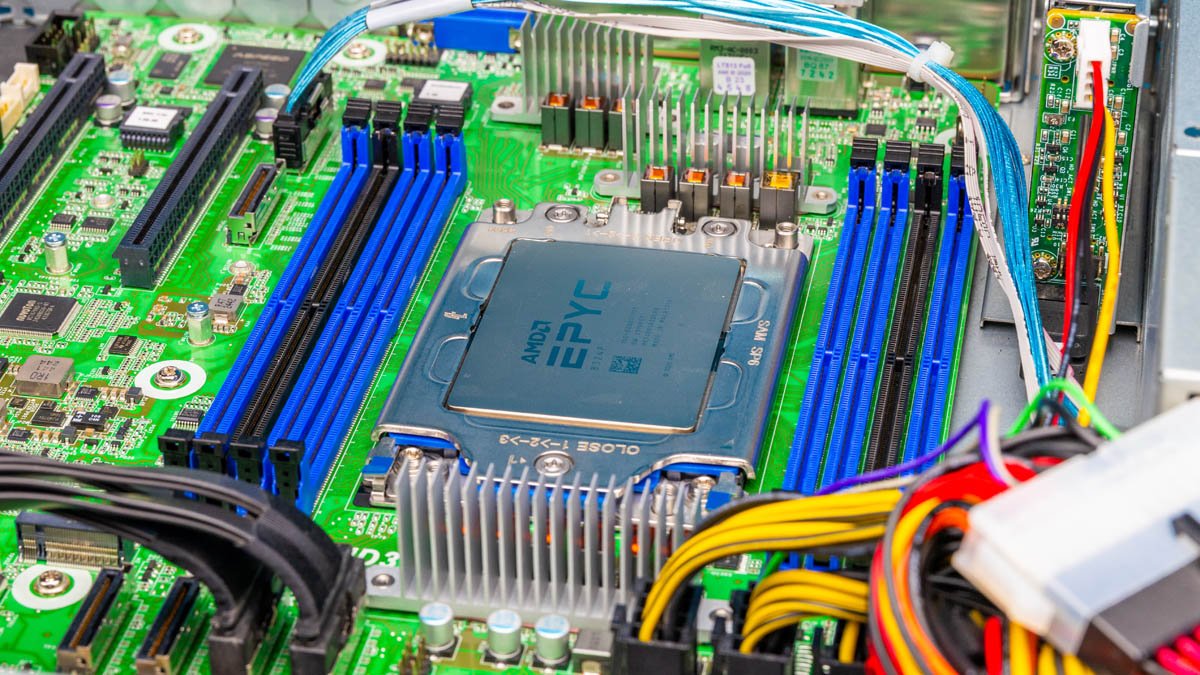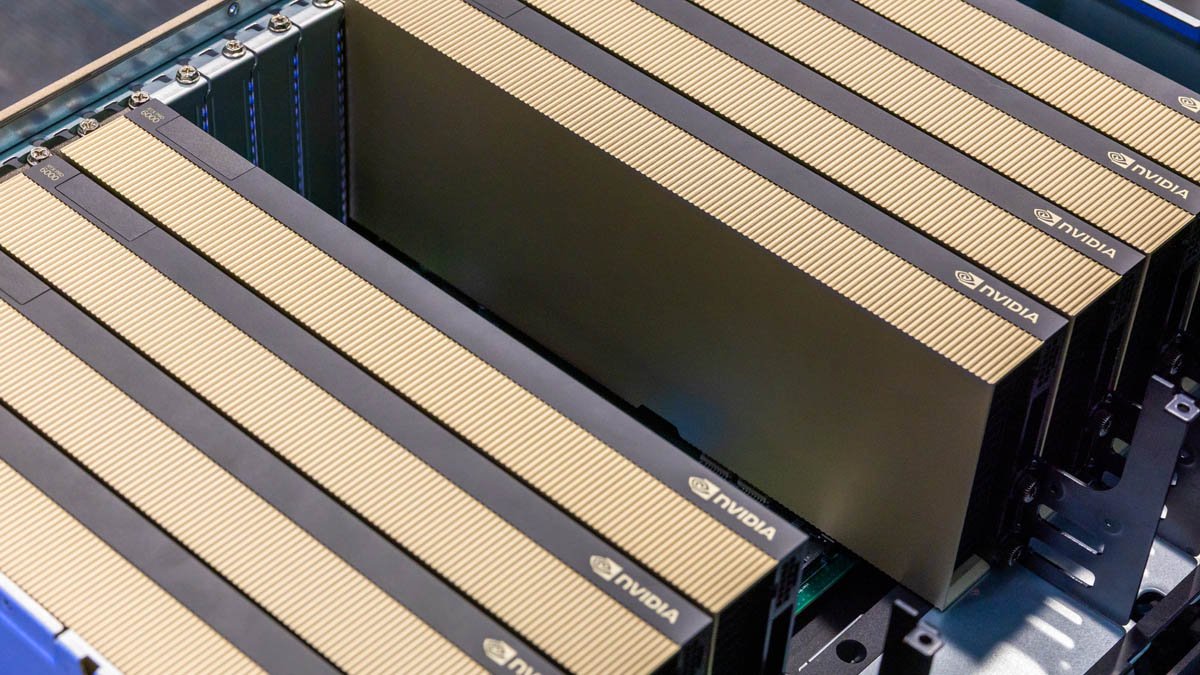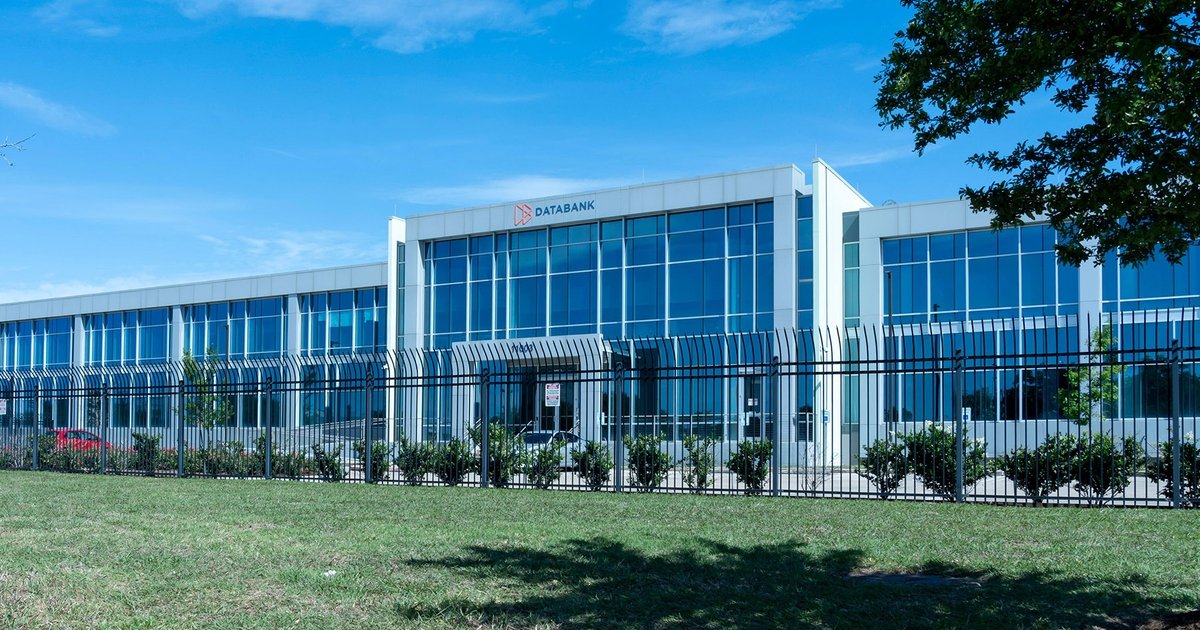The decision between swapping hypervisors or upgrading existing infrastructure is pivotal for organizations aiming to enhance their virtualization environments. This choice hinges on factors such as performance requirements, scalability, cost considerations, and the specific needs of the organization.
Hypervisor Swap:
Swapping hypervisors involves transitioning from one hypervisor platform to another, such as moving from VMware vSphere to Microsoft Hyper-V or vice versa. This approach is typically considered when:
-
Performance Optimization: The current hypervisor may not meet the desired performance benchmarks, necessitating a switch to a more efficient platform.
-
Feature Requirements: The organization requires specific features or integrations that are better supported by an alternative hypervisor.
- Cost Efficiency: Licensing fees and operational costs associated with the current hypervisor may be higher than those of a competitor.
However, hypervisor swapping can be complex and resource-intensive, involving:
-
Migration Challenges: Transferring virtual machines (VMs) and workloads to a new hypervisor can be intricate, potentially leading to downtime and data migration issues.
-
Compatibility Issues: Ensuring that existing applications and services are compatible with the new hypervisor is crucial to prevent operational disruptions.
- Training and Support: IT staff may require training to manage and operate the new hypervisor effectively, leading to additional time and resource investments.
Infrastructure Upgrade:
Upgrading existing infrastructure involves enhancing the current hardware and software components to improve performance, scalability, and reliability without changing the hypervisor. This strategy is suitable when:
-
Hardware Limitations: The existing hardware is outdated or insufficient to support current workloads, necessitating hardware upgrades.
-
Software Enhancements: New software versions or features are available that can be integrated into the existing infrastructure to boost performance.
- Cost Considerations: Upgrading existing infrastructure may be more cost-effective than migrating to a new hypervisor, especially if the current system is stable and meets most organizational needs.
Benefits of infrastructure upgrades include:
-
Reduced Complexity: Staying with the current hypervisor minimizes the complexity associated with migration and compatibility testing.
-
Familiarity: IT staff are already familiar with the existing system, reducing the learning curve and potential for errors.
- Incremental Improvements: Upgrades can be implemented gradually, allowing for better resource management and minimizing operational disruptions.
Considerations for Decision-Making:
When deciding between a hypervisor swap and an infrastructure upgrade, organizations should evaluate:
-
Current System Performance: Assess whether the existing hypervisor meets performance and scalability requirements.
-
Feature Needs: Determine if the desired features are available in the current hypervisor or if another platform offers them more effectively.
-
Cost Analysis: Compare the total costs associated with migration (including potential downtime and training) against the costs of upgrading existing infrastructure.
- Risk Assessment: Evaluate the risks associated with migration, such as potential service disruptions, against the benefits of upgrading.
In conclusion, the choice between swapping hypervisors and upgrading infrastructure depends on a comprehensive analysis of organizational needs, performance goals, and resource availability. A thorough assessment will guide the decision toward the most beneficial strategy for the organization’s virtualization environment.





